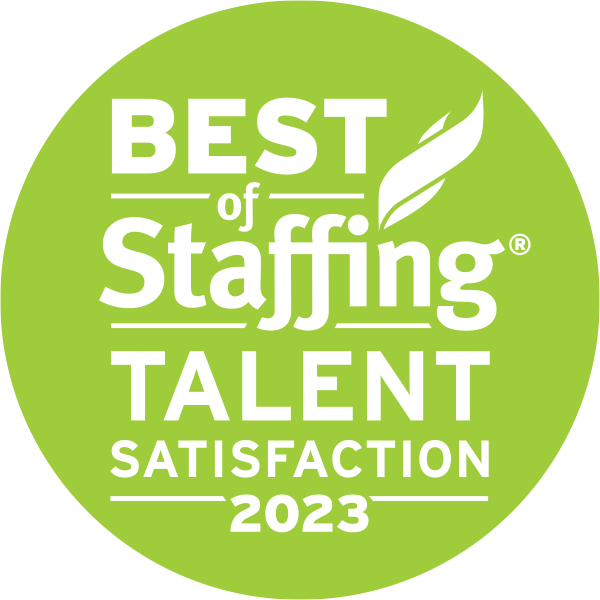
Anxiety has reached new highs in our post-pandemic world. The last two years have been complicated, messy, and challenging, and many of us found heightened anxiety to be a significant symptom. Your employees are experiencing anxious thoughts about several things regarding work and life in general. Understanding anxiety and providing reasonable accommodations for employees dealing with it can create a more productive workplace.
Understanding Anxiety
Anxiety is currently the most common mental illness issue in the United States. Unsurprisingly, the last two years have amped up the anxiety among many adults who previously never experienced it. Anxiety takes several forms, including generalized anxiety disorder, panic disorder, and phobia-related disorders. It is also related to obsessive-compulsive disorders, depressive disorders, and post-traumatic stress disorders. As you can see, anxiety covers a lot of ground, and much of it is protected by the Americans with Disabilities Act.
Reviewing Americans With Disabilities Act
The ADA applies to any company with 15 or more employees. It doesn’t give a list of specific disabilities that it covers. Instead, it provides overarching guidance defining a person with a disability as someone whose physical or mental impairment substantially limits one or more life activities.
Determining Disability
In terms of anxiety, the ADA wouldn’t apply to someone with a bit of social anxiety who doesn’t like meeting new people. If they can take a deep breath and push through, their life isn’t substantially affected by an anxiety disorder. However, if someone has a debilitating fear of certain situations and actively avoids them, they may qualify. The definition isn’t cut and dry.
Providing Reasonable Accommodations
As an employer, you’re required to provide reasonable accommodations for employees who experience a related anxiety disorder that affects their ability to work. This is an interactive process to help you and the employee decide what accommodations would best work for both of you. The accommodation needs to be reasonable in the scope of employment. For example, if someone has anxiety while driving during rush hour, you could accommodate them by providing a flexible schedule or work from home option.
Helping Anxious Employees
It’s essential to follow all applicable state and federal laws when accommodating your employees. But helping employees with anxiety isn’t just about checking off boxes. You can do other things to provide support for anxious team members. Proper management training to better understand anxiety, employee resources for mental health, and support when feeling overwhelmed are all ways you can go above and beyond the ADA. Valuing your team members when they’re struggling is just as important as celebrating successes.
Are you looking for more ways to bring in new talent? Call CornerStone Staffing to find out more.





